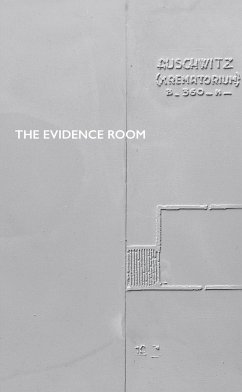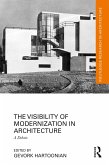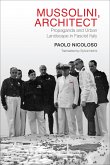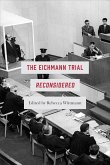The last step of genocide is denial. In 2000, a libel suit argued before the Royal Courts of Justice in London, England successfully challenged the false assertion by a revisionist historian and Holocaust denier that there had been no gas chambers in Auschwitz and that therefore the Holocaust didn't happen. Central to the proceedings were the forensic interpretation of the blueprints of the Auschwitz crematoria and the expert witness testimony by Robert Jan van Pelt, a professor at the University of Waterloo School of Architecture, Canada, about the design and operation of those buildings as a killing facility. His interpretation and his testimony were integral to winning the case and to asserting the truth of the Holocaust - the defining crime of the twentieth century. The Evidence Room is both a companion piece to and an elaboration of an exhibition, first presented at the 2016 Venice Architecture Biennale, based on van Pelt's testimony. In the exhibition, the key pieces of architectural evidence presented in the trial literally take shape by means of life-size reconstructions (gas column, gastight door, gas hatch) and plaster casts (architectural drawings, architects' correspondence, construction photographs, drawings by Auschwitz survivors). These pieces of both survivors and perpetrators that Auschwitz was a purposefully designed factory of death in which over 1.1 million people, 90 per cent of whom were Jews, were murdered, mostly in cyanide gas chambers. They also call attention to the greatest crime ever committed by architects.








